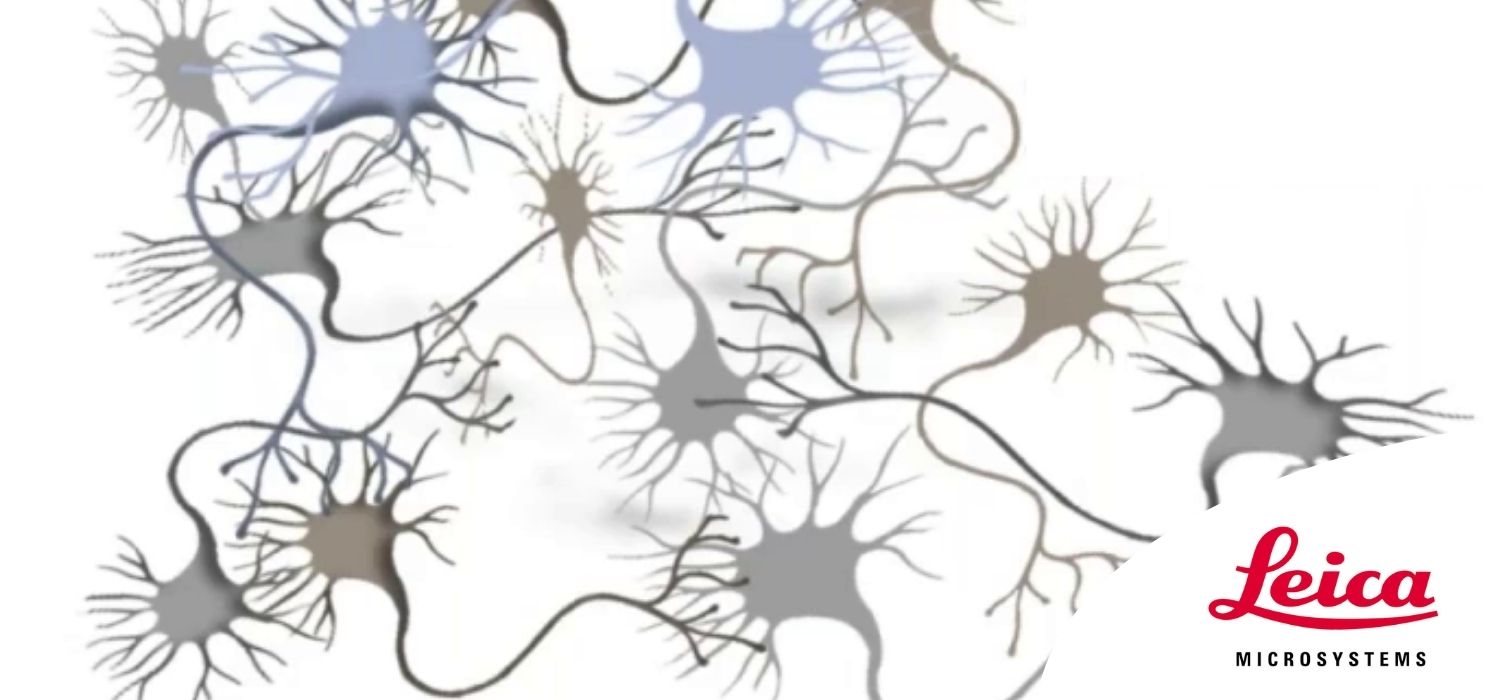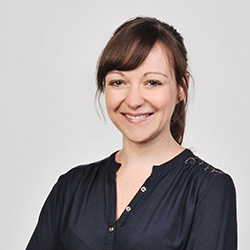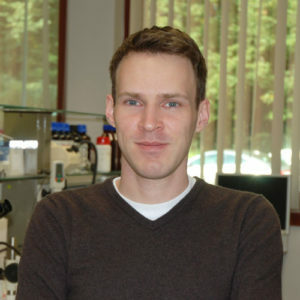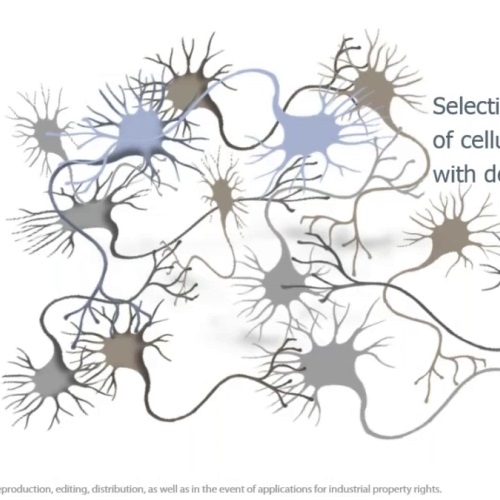Expanding the Limits of Electron Microscopy Sample Preparation with the Leica EM ICE High Pressure Freezer


Dr. Julia König
Read BioJulia Koenig studied Biology at Dresden University of Technology. After completing her PhD in 2015, she joined the Electron Microscopy STP at the Francis Crick Institute in London led by Lucy Collinson, working on a wide variety of projects, as well as methods and workflow development. In January 2018, she joined Leica Microsystems as a product manager for EM sample preparation for cryo workflows.
Close
Dr. Frédéric Leroux
Read BioFrédéric Leroux completed his Master degree in Biology in 2007 at the University of Ghent where he gained experience in biological EM sample preparation. In 2008, he moved to the physics department at the University of Antwerp where he obtained his PhD in 2012. At the EMAT research group he specialized in advanced electron microscopy of composite materials and polymers. In 2016, he joined Leica Microsystems as Application Specialist Nanotechnology. He thereby uses his multidisciplinary background and broad microscopy experience to improve EM sample preparation of a variety of materials (polymers, composites, biological and industrial materials).
CloseIn this tutorial you will learn:
- Improved vitrification: Specimen vitrification without synchronisation fluid
- Vitrification strategies: Optimized freezing for different techniques
- Light and electrical stimulation: Dissect cellular processes with millisecond precision
- A look into the future: freezing of crystals
Tutorial abstract
Plunge freezing and cryo imaging of proteins and complexes have revealed new details in understanding the machinery of the cell and how molecules are involved in cellular processes. However, most eukaryotic cells and tissue samples cannot be plunge frozen because of the rapid decay of the cooling rate within the sample during freezing. High pressure freezing, on the other hand, is currently the main approach to vitrify larger samples (up to 200 µm) and to capture the intrinsic changes in fine structure or cellular dynamics. To further improve its cryo solutions, Leica developed a new cryo platform: the EM ICE. This new generation cryo platform combines speed, reliability and flexibility to facilitate research in various scientific fields.
The EM ICE allows users to freeze samples within milliseconds and even permits the combination of high pressure freezing with optogenetics and electrophysiology.
